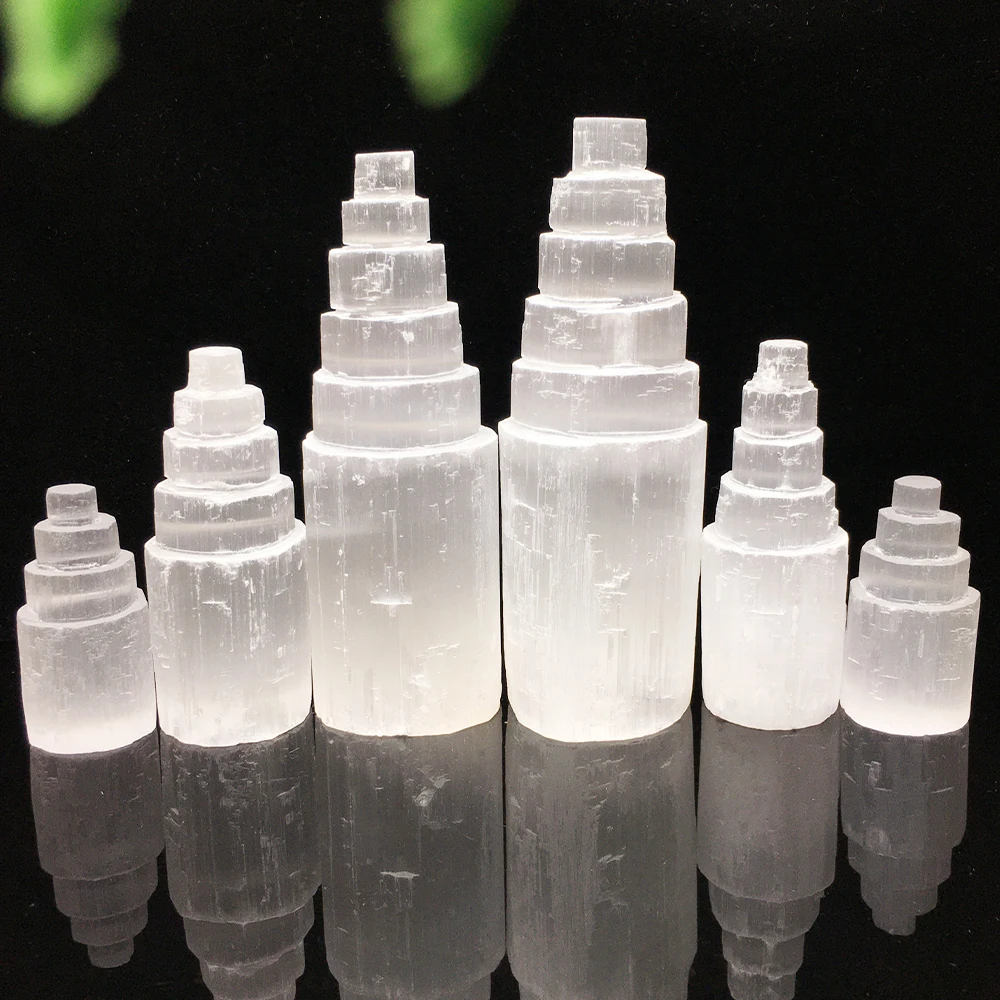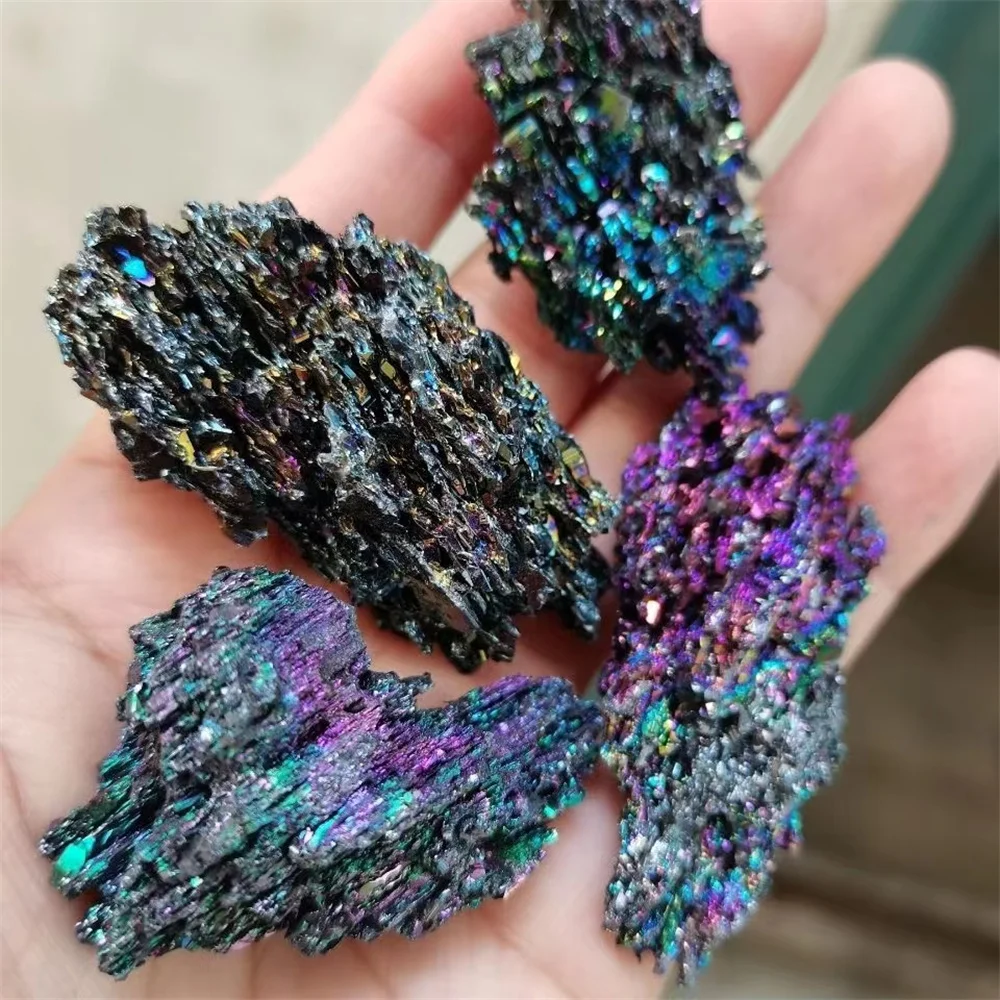Crystals don’t just exist — they emerge. They’re born, grow, change form, and sometimes even get a makeover millions of years into existence. This chapter is your backstage pass to the atomic ballet behind every shiny gem and every grain of salt. Let’s crack open the process, step by shimmering step.
Nucleation: The Birth of Order
Every crystal begins with nucleation — the atomic version of “hey, let’s all stand in a line.”
It’s when a few atoms or molecules stop floating aimlessly and stick together in a specific, repeatable pattern. This embryonic cluster is the nucleus of a future crystal. If the environment’s right — temperature, pressure, concentration — more atoms join the party, and growth begins.
There are two main types:
- Homogeneous nucleation: The crystal starts from scratch, with no surface to guide it. Rare and picky.
- Heterogeneous nucleation: The crystal gets help from a speck of dust, an impurity, or even the side of a beaker. Much more common and far less fussy.
🔍 Fun fact: That cloudy spot at the bottom of a homemade sugar syrup jar? That’s nucleation in action. Delicious chemistry.
Growth in Solutions: Evaporites and Geodes
When a solution (like seawater or a sugary mix) becomes so saturated it can’t hold any more dissolved solids, it has a choice: overflow in chaos or start building order. Enter: crystallisation from solution.
Evaporites: Salty Crystals from Dry Dreams
As water evaporates, the remaining ions link up into neat crystals. That’s how you get:
- Halite (rock salt) from drying lakes
- Gypsum from shallow seas
- Epsom salts from spas and chemist shelves
Think of it as nature’s slow cooker — low heat, long time, maximum flavour (or at least, maximum structure).
Geodes: Crystal Caves in a Rock Shell
Sometimes, mineral-rich water seeps into air bubbles trapped in lava flows. Left undisturbed for thousands of years, crystals slowly grow inside the cavity, pointing inward like a sparkly hedgehog.
💎 Result: A dull grey rock that hides a cathedral of amethyst, quartz, or calcite inside.
Crystallising from Magma: Igneous Jewels
When molten rock (magma) cools, the atoms slow down and lock into place, like sugar crystallising in cooling syrup, but with more lava.
Slow Cooling = Big Crystals
Deep underground, magma cools slowly, letting crystals grow large. This is how we get:
- Granite (with visible quartz, feldspar, mica)
- Pegmatites — crystal freakshows with chunks the size of dinner plates
Fast Cooling = Small Crystals
Lava at the surface cools too quickly for big crystals. The result?
- Basalt — dense, dark, fine-grained rock
- Obsidian — so fast it forms no crystals at all (yep, volcanic glass)
⛏️ Hidden treasures: Gems like topaz, zircon, olivine and even diamond can form from cooling magma, if the pressure and chemistry are proper.
Vapour Deposition: Snowflakes and Quartz Veins
Crystals can also grow straight from gas — no liquid needed. This happens when atoms in a vapour phase condense directly into a solid, forming a crystal without passing “go” or collecting $200.
Snowflakes: Six-Pointed Art from the Sky
Water vapour in clouds condenses around a tiny particle (dust, pollen, unicorn sneeze) and freezes into a hexagonal ice crystal. Each arm grows in perfect symmetry… until humidity and temperature fluctuate, introducing those unique fractal flourishes.
☃️ No two alike — but all follow the same six-fold rule, thanks to the hexagonal ice structure.
Quartz Veins: Nature’s 3D Printer
In hydrothermal systems, hot silica-rich vapour pushes through cracks in rock. As it cools, quartz and other minerals crystallise in place, lining fractures with glittering veins. Add a dash of gold or silver, and you have a mining operation.
Metamorphic and Hydrothermal Factories
Even solid rocks aren’t safe from change. Under intense heat and pressure, atoms in existing minerals shuffle around like guests at a dinner party, forming new crystal structures.
Metamorphic Crystallisation: Rock Gets a Makeover
This is how limestone becomes marble, shale becomes slate, and clay minerals become sparkly mica schist. No melting — just a solid-state glow-up.
- Garnet often grows here, forming deep red dodecahedrons
- Kyanite, sillimanite, and andalusite are polymorphs — same chemical recipe, different crystalline kitchens, depending on pressure and temperature
Hydrothermal Solutions: Steamy, Stealthy Crystal Labs
Hot, mineral-rich water seeps through cracks and cools slowly, depositing minerals like:
- Tourmaline
- Fluorite
- Beryl (emeralds and aquamarine!)
These conditions are ideal for growing large, well-formed crystals, often nestled safely inside veins and cavities.
From Chaos to Cut Gem
So, how does a chaotic mix of molten rock, vapour, or salty water become a faceted jewel in a pendant?
It takes:
- A nucleus to kick things off
- A stable environment for atoms to fall into line
- The right ingredients in the right proportions
- And, if you’re lucky, time — lots of it
That’s the secret behind every geode, snowflake, gemstone and industrial quartz rod.



